7 Low-Maintenance Lawn Alternatives
http://decor-ideas.org 11/10/2013 09:30 Decor Ideas
Lawns make sense in some areas of the U.S. — those regions that receive adequate rainfall, so additional heroic measures aren't necessary to create that swath of green. But what if you live in an area with low rainfall or periodic drought, or you simply want to reduce your landscape maintenance or your impact on the environment? You plant a low-maintenance ground cover, that's what. Here's a rundown on some of the most effective choices to start your no-lawn journey.
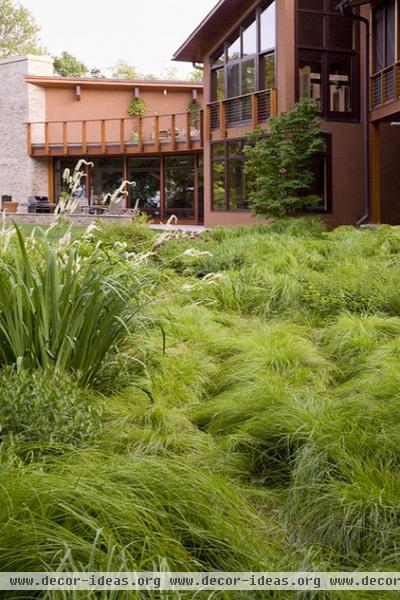
Sedge
(Carex spp)
Sedges feature grasslike leaves and grow in clumps, and are noted for their wide range of growing requirements. Sedges, depending upon their variety, come in many sizes and textures, and grow in a number of different kinds of soils and in virtually every USDA hardiness zone. You can leave sedge unmowed for a taller, more meadow-like look, or mow it a few times a year to maintain more of a lawn look. Sedge can handle light foot traffic and is native to nearly every state in the U.S., depending on the variety.
Growing tips: Mow your sedge lawn in the spring to remove any winter burn, and let the seeds drop after they have finished flowering to allow for the sedge to fill in more thickly. Plant it in spring or fall, or even in the winter in a very warm climate.
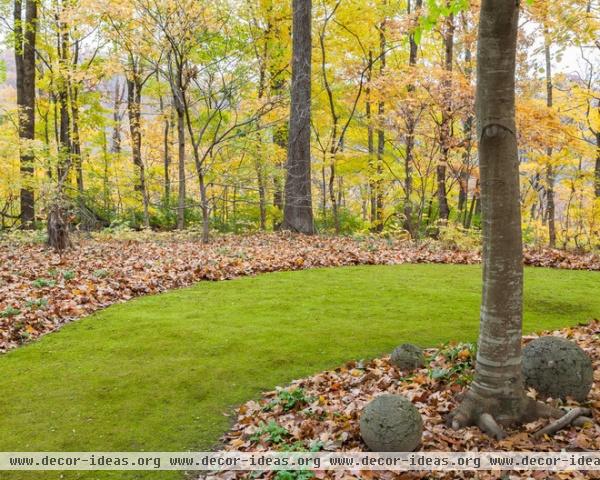
Moss
(Hypnum or Thuidium spp)
For those with moist, shady areas and acidic soil, moss lawns can be ideal. Its low-growing habit eliminates the need for mowing, and the texture of mosses is a perfect foil for nearby flowering perennials and evergreens. Moss needs no fertilizer and very little water once it's established, but it does not handle heavy foot traffic well. If you want to walk through it daily, plan to add a flagstone walkway to avoid damaging your lawn. Depending on the variety, moss is adapted to zones 4 to 10 and is native to most states.
Growing tips: Plant it in the spring after the last frost, pressing moss chunks into the soil. Keep it moist for the first three weeks. Depending on the growing conditions and spacing when planted, a moss lawn could take a year to fill in.
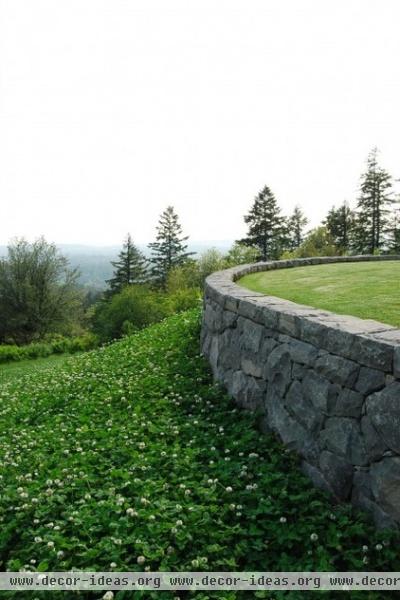
Clover
(Trifolium repens)
A member of the legume family, clover is a tough-as-nails lawn alternative, thriving in sun to partial shade and needing no fertilizing. It'll take a wide range of soils with a wide pH range, and is best adapted to zones 5 to 8. It's also a little more forgiving of foot traffic than moss is, but will not appreciate heavy running and playing — something to keep in mind if you have animals and small children. Although it's native to Europe, North Africa and West Asia, clover is well adapted to grassy areas across the United States.
Growing tips: Sow seeds in the spring after nighttime temperatures are consistently higher than 40 degrees. Keep the soil moist until the clover germinates (sprouts).
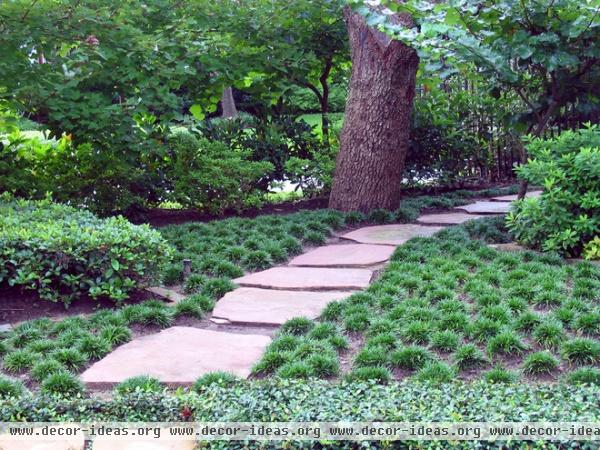
Mondo Grass
(Ophiopogon japonicus)
Adapted to zones 5 to 9, this evergreen ground cover is a perfect way to achieve a no-grass lawn. Opt for regular mondo grass, which grows up to 6 inches tall, or choose dwarf mondo grass, just 2 inches tall, and never mow again. If you choose regular mondo grass, mow it annually in late winter to keep it filled in and healthy. Native to Asia, mondo grass is adapted to a number of regions throughout the United States, and is surprisingly good at handling foot traffic.
Growing tips: Plant plugs 6 inches apart in spring or fall to encourage a quick fill-in, and lightly mulch between the plus to discourage weeds.
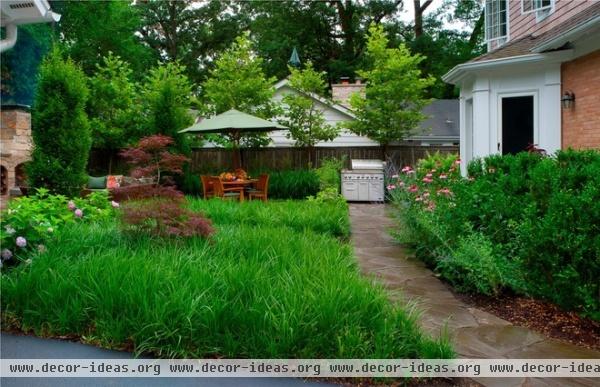
Lilyturf
(Liriope muscari)
Commonly called liriope, this evergreen ground cover features dark green strappy leaves and grows well in zones 5 to 10. Similar in appearance to mondo grass, it has leaves that are just a bit wider and grows to a height of 1 foot to 1½ feet tall. It tolerates a wide range of soil conditions and grows in sun to light shade, and although it is drought tolerant once established, it does best with some consistent irrigation. Native to Eastern Asia, liriope is adapted to many parts of the United States, and can handle light foot traffic on occasion.
Growing tip: Place plantings 1 foot apart and lightly mulch between them to discourage weeds until your lawn is filled in.
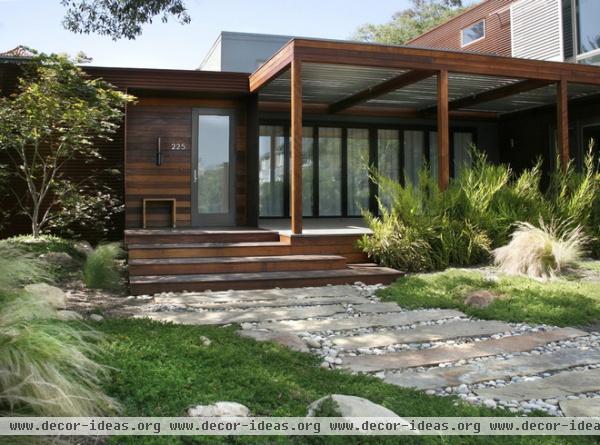
Dwarf Myrtle
(Myoporum parviflora)
A low-growing evergreen shrub, dwarf myrtle can be kept sheared to a 1-foot height or left on its own to grow up to 2 feet tall. Native to Australia, it takes full sun and is drought tolerant once it's established. This is a great option for those in milder climates (zones 8 to 9b) and in areas with drought or low-desert regions. An added feature is the flush of tiny white flowers that appear in spring and stay in the summer months. Although it's a tough plant that addresses erosion issues well, it does not stand up to foot traffic, because of its semisucculent leaves.
Growing tip: Once it's established, it requires very little water. If you overwater it, expect rapid and weak lateral growth.
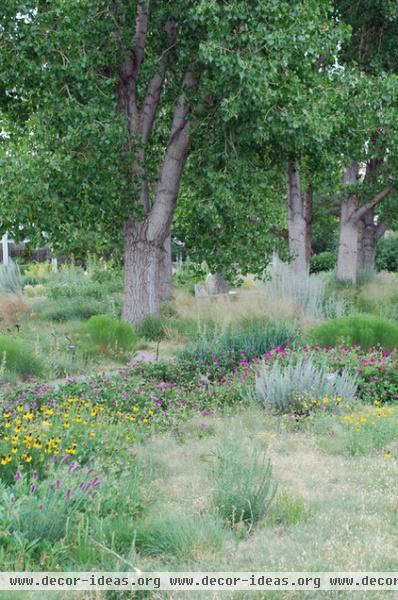
Prairie Meadows
Meadows have a mix of wildflowers, low-growing flowering perennials and ornamental or native grasses. Many extension offices have a list of the types of plant combinations that will work for your specific area, requiring the lowest maintenance and water. Most prairie meadows will appreciate as much sun as you can give them, but some plants will accept some dappled shade.
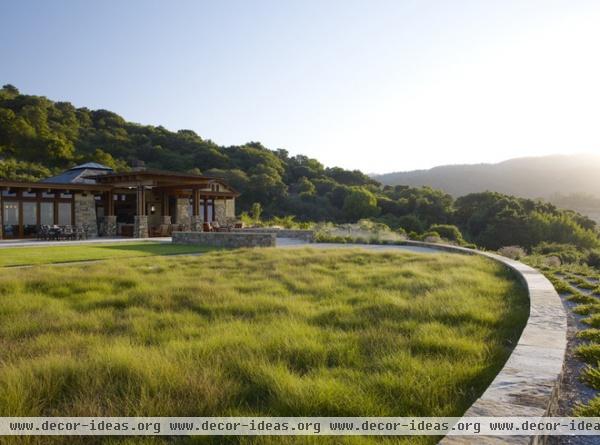
Other considerations:
Even low-maintenance lawn alternatives need some maintenance: seasonal mowing, supplemental irrigation in times of drought and occasional weeding.Be sure to check with your local homeowner's association before replacing your existing traditional lawn — many areas have requirements and guidelines for what you can do in the front yard.Ensure that your lawn alternative is kept attractive, especially if you live in a neighborhood where your neighbors may not be used to anything except traditional turf.For the lowest maintenance, choose a ground cover that is native to your area. Seek the advice of your county extension office for a list of recommendations.
More:
Get Along With Less Lawn
The Case for Losing the Traditional Lawn
Related Articles Recommended












